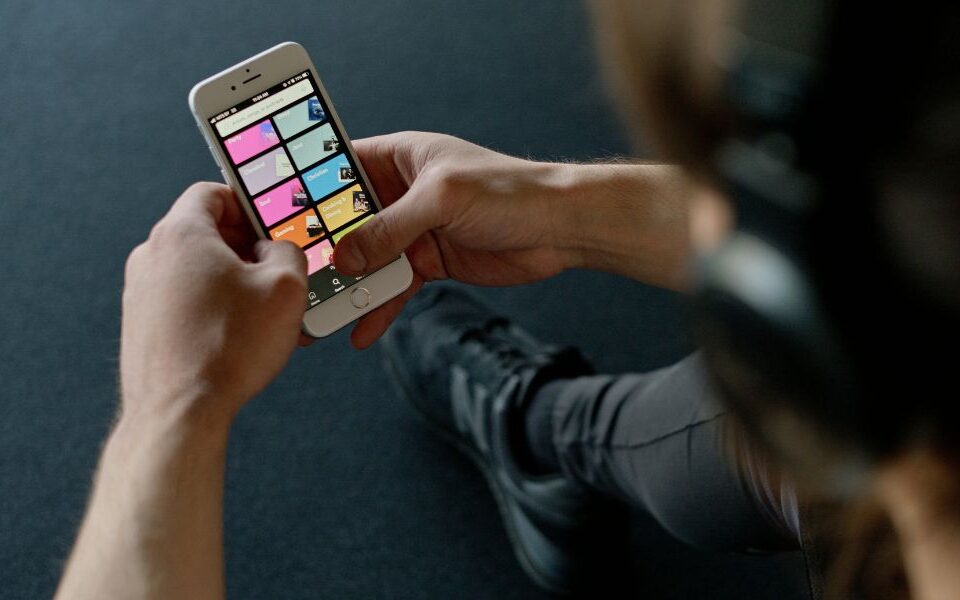- Have any questions?
- 888-432-8878
- steve@sebackground.com
Monkeypox Cases Rising in U.S., but Pandemic Not Expected
July 26, 2022Be Aware of Legal Challenges with Hybrid Work
July 27, 2022A study by Staples noted that 86 percent of employees felt taking a break would make them more productive. These breaks also tend to increase the morale of employees by 59%. While a lot of chatter on HR forums revolve around the benefits of a well-defined meal and break policy, there isn’t significant matter on questions that go into length about its implementation and compliance.

Stock exchange traders in Hong Kong had the longest lunch break of any of the world’s big bourses, at two hours, until 2010. The break arises from HKEx’s complete shutdown at noon, which is unusual outside of Asia. The exchange in New York is open for the whole six and a half hours.
How long should workplace breaks be?
During an eight-hour work shift, an employee is entitled to a 30-minute break with two additional 15-minute intervals. Shifts consisting of more work hours must include more breaks.
How often should you offer breaks?
It’s evident that a sedentary lifestyle can take a toll on not only one’s body but also the attention span. One should also take into consideration the fact that errors can be induced once an individual reaches mental or physical exhaustion, whether sitting on a computer or taking orders at McDonald’s. In certain environments, such as an assembly line, lack of concentration could be a significant safety threat.
According to Bob Pozen, author of Extreme Productivity: Boost Your Results, Reduce Your Hours, workers should take a break in the workplace every 75-90 minutes. This is compounded by another research finding by Tony Schwartz which suggests that naturally, we tend to move from full focus and energy to fatigue every 90 minutes.
There’s empirical research pointing towards the necessity of a well-defined meal and break policy at work. As human beings, we tend to move like a pendulum towards two modes: learning/focusing and consolidation. The integration of an employee break policy in your handbook will allow workers the time to recover from the physiological exhaustion that occurs at every 90 minutes.
Federal Requirements for Employee Meal and Break Policy
According to the Fair Labor Standards Act (FLSA), which protects the rights of the employees, does not require an employer to provide meal periods or rest breaks. That’s right, the federal law does not require lunch or coffee breaks.
However, when employers do provide short breaks (often lasting 5 to 20 minutes), federal law regards the breaks as compensable work hours that would be added to the total number of hours worked throughout the workweek and considered in determining whether overtime was done.
When the employer has explicitly and unmistakably informed the employee that the authorized break may only last for a certain amount of time, that any extension of the break is against the employer’s rules, and that any extension of the break will result in punishment, unauthorized extensions of authorized work breaks do not need to be counted as hours worked.
Ideally, you should include rest breaks in the total time an employee works to foster a pleasant environment. A meal and break policy should allow employees to be able to rest, eat, smoke and relax during their workday.
Meal Breaks Policy
Meal breaks, which usually last at least 30 minutes, are not considered work time and are not reimbursed because they serve a different purpose than coffee or snack breaks.
Exception:
When it comes to lunch breaks, there is an exception. As per the Code of Federal Regulations, Part 785, you must compensate an employee if they work in any capacity while on a meal break. The employee’s break would also be included in the total number of hours worked. You should make allowances for everything the employee does, even simple tasks like returning phone calls or responding to emails.
The FLSA also specifies guidelines for mealtimes. Again, federal law does not mandate that you take a break for lunch.
Rest Break At Work Policy
Under federal standards, rest breaks at work of up to 20 minutes are compensable. Several states, including California and Colorado, require employers to give their employees rest breaks during their work shifts. For every four hours worked, these states typically require a paid 10-minute rest break.
A Day of Rest in 7
States including California, Illinois, New York, and Wisconsin, mandate that employers provide employees with 1 day of (unpaid) rest every seven days. This guideline may not apply to all employees.
Smoke Break Policy
Smoke breaks are classified by the Department of Labor as “short breaks,” which typically last 5 to 20 minutes. The FLSA does not mandate that you give employees short breaks under a designed smoke break policy, but if you do, the time is compensated.
What about sneaky smokers? If you’re dealing with an employee who sneaks in multiple 5–10-minute paid breaks at work, you may want to discipline them.
Additionally, according to the Americans with Disabilities Act, smoking is not a protected disability that calls for reasonable accommodations (ADA).
Religious Break At Work Policy
The Equal Employment Opportunity Commission (EEOC) states that you may be required to make reasonable accommodations for employees who engage in religious practises at work, unless the accommodation will cause undue hardship to your business.
Employees may take compensated short breaks or unpaid lunches for religious purposes. Just be careful to let them know the compensation details related to the breaks.
Lactation Break Policy
For up to a year following the kid’s birth, employers are required by the FLSA to provide nursing mothers with a reasonable break time so they can express milk for their nursing child. A break must be provided every time an employee has to express milk. Employees can use their paid breaks for breastfeeding or pumping even if you are not required to pay them for these times off.
Bathroom Break Policy
Federal regulations state that the number of short breaks should last between 5 and 20 minutes. Your break policy for employees in the HR handbook need not specify how many might be taken each day. If you end up limiting the time it may not go over well with your employees and might even be illegal in some cases.
The bottom line is that you do not have to pay for bathroom breaks that exceed 20 minutes unless you allow a longer period of time for paid short breaks.
It’s important to discover what meal and break policy works best for your employees. Let your employees enjoy what during their break time.
The post Understanding Meal and Break Policy at Work appeared first on The HR Digest.
Source: New feed




